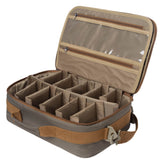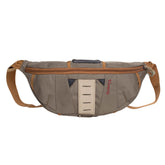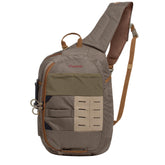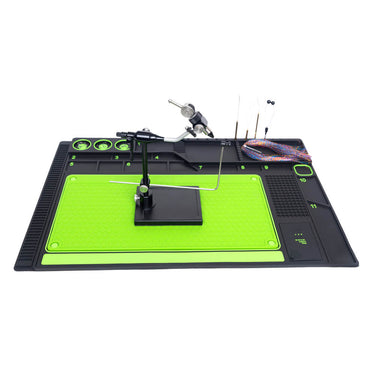Micro Minnow: The Hidden Power of Zebra Midge
The Zebra Midge is a popular and effective fly pattern used in fly fishing, particularly for trout. It imitates the larval or pupal stage of midges (small aquatic insects in the family Chironomidae), which are a crucial food source for fish in many rivers and stillwaters.
Key Features of the Zebra Midge:
Simple Design: Typically tied with just a few materials—thread, wire, and sometimes a bead.
Distinctive Stripes: The name comes from the alternating bands of thread and wire (often silver or copper) that create a "zebra" striping effect.
Versatility: Effective in various sizes (usually #16–#22) and colors (black, red, olive, etc.).
Beadhead Option: Often tied with a brass or tungsten bead for added weight and attraction.
When & How to Fish It:
Best Conditions: Ideal in slow-moving or still water where midges are abundant (e.g., tailwaters, spring creeks, lakes).
Techniques:
Fished as part of a nymphing rig (e.g., under an indicator or as a dropper).
Dead-drifted near the bottom, where midge larvae/pupae naturally drift.
Can be swung or stripped slowly in stillwaters.
Variations:
Beadhead Zebra Midge (weighted for deeper water).
Soft-Hackle Zebra Midge (adds movement for pupa imitation).
UV or Flashy Versions (with added sparkle for visibility).
Why It Works:
Midges hatch year-round, making this a reliable pattern in all seasons.
The slim profile and segmented body closely mimic natural midges.
The flash from the wire ribbing attracts fish in murky water.
If you're tying your own, focus on keeping it thin and neat—less bulk often means more strikes. Would you like a step-by-step tying guide?















